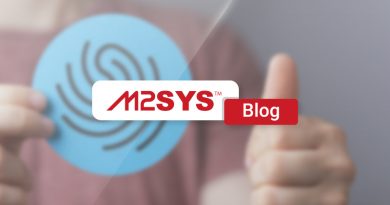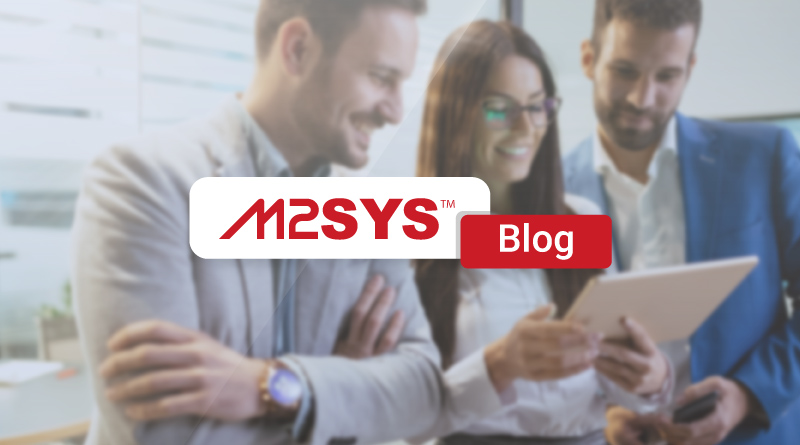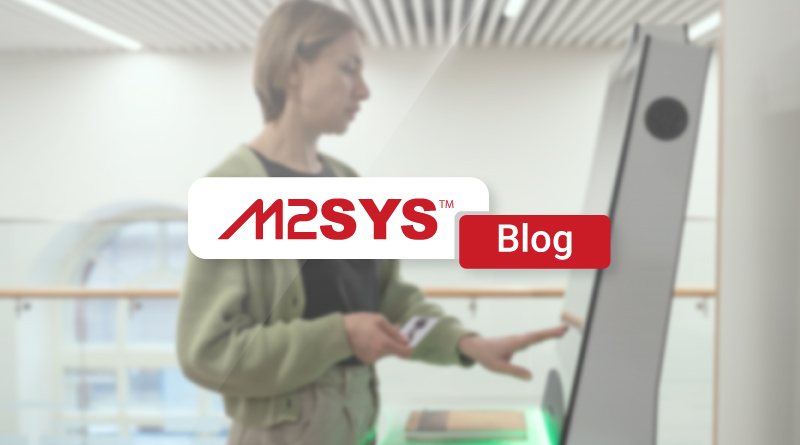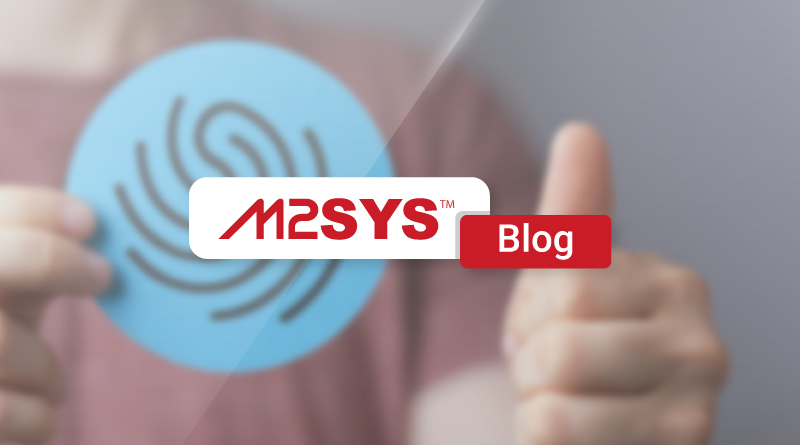Streamlining Digital Governance: Solutions for Modern Challenges
Navigating the digital age requires efficient governance systems that adapt to technological advances and public expectations. Governments are refining eGovernment solutions to enhance transparency and engagement. Modern platforms like M2SYS eGov offer AI-driven solutions, improving efficiency and fostering civic engagement through user-friendly interfaces and real-time support.
TL;DR
- Governments face challenges in digital governance, needing to modernize systems for efficient, user-friendly citizen services.
- Outdated platforms and slow communication hinder citizen engagement and trust in government services.
- Modern solutions like M2SYS eGov use AI, machine learning, and zero-code development to streamline processes and enhance efficiency.
- Benefits include improved transparency, responsiveness, scalability, and continuity in government operations.
- Real-world successes in Yemen, Turkey, Nigeria, and Iraq demonstrate the effectiveness of these solutions.
- Future digital governance must focus on user-centric platforms to meet evolving citizen demands.
Contact us to learn how M2SYS can transform your digital governance systems: Get in touch with M2SYS.
Navigating the digital age demands efficient governance systems that adapt quickly to technological advances and heightened public expectations. Governments worldwide find themselves at a crossroads, aiming to refine eGovernment solutions to ensure smooth and effective citizen services. As citizens expect more intuitive digital interactions, agencies must overcome several hurdles to enhance transparency and engagement.
Citizens today require digital governance systems that are not only efficient but also user-friendly. The landscape of digital governance is shifting rapidly, urging governments to transform their approach. This evolution is driven by the need for platforms that minimize bureaucratic obstacles and offer real-time support. As workflows become increasingly complex, adopting innovative solutions becomes imperative to improve efficiency, alleviate administrative pressures, and nurture civic engagement.
Why Do Government Platforms Often Feel Outdated?
One of the primary challenges in digital governance is the complexity of user interfaces. Many government platforms still rely on outdated systems that frustrate users due to their cumbersome navigation. This complexity can deter citizens from fully engaging with these platforms, thereby reducing their effectiveness and trust in government services.
Additionally, slow response times and fragmented communication channels further complicate citizen engagement. When communication is disjointed, it hinders the ability of citizens to interact seamlessly with government systems, thus eroding trust and satisfaction.
The reliance on legacy systems poses another significant challenge. These older systems often struggle with integration, leading to inefficiencies and scalability issues. As technology continues to advance, the inability to integrate new solutions with existing systems can stall progress and innovation in digital governance.
How Do Modern Solutions Address These Challenges?
Emerging platforms like the M2SYS eGov offer comprehensive solutions to the pressing issues in digital governance. By harnessing the power of AI and machine learning, these platforms automate many aspects of software development, creating intelligent and efficient systems that cater to specific needs. The use of cloud computing further enhances these solutions by providing scalable infrastructure capable of handling high traffic with reliability and security.
A standout feature of modern platforms is zero-code development. This allows for the rapid design and deployment of custom applications through user-friendly, drag-and-drop interfaces. Such tools eliminate the need for extensive coding expertise, empowering government agencies to implement changes swiftly and effectively.
Centralized portals and automated notifications also play crucial roles in streamlining user experiences. These features ensure seamless integration with legacy systems, providing a cohesive and efficient journey for users.
What Are the Benefits of Implementing These Solutions?
Implementing advanced digital governance solutions yields numerous benefits. Enhanced efficiency is a primary outcome, as platforms like M2SYS eGov accelerate application processing and reduce bureaucratic barriers. This efficiency boosts the overall performance of public service workflows.
Moreover, increased transparency and responsiveness are achieved by offering real-time assistance. These capabilities foster better civic engagement and elevate public trust in government systems. By empowering citizens to interact confidently with digital platforms, governments can establish a more robust connection with their constituents.
Scalability and continuity are also essential benefits. As these platforms integrate seamlessly and adapt to changing needs, they ensure continuity in government operations, aligning with evolving technologies and demands.
Can Real-World Examples Showcase Success?
Several government projects highlight the success of modern digital governance solutions. In Yemen, the modernization of the electoral process through a digital registration system has significantly reduced electoral disputes and enhanced public trust. Similarly, Turkey’s national ID smart card infrastructure, developed with the help of M2SYS, facilitates seamless data collection for over 80 million citizens.
In Nigeria, the implementation of a nationwide citizen registration system has bolstered telecom security and compliance, showcasing the platform’s versatility. Iraq’s border control modernization exemplifies how robust identity verification systems can enhance national security and efficiency.
What Lies Ahead for Digital Governance?
As governments continue to embrace digital transformation, the focus must remain on user-centric platforms that address real-world challenges. By understanding the usage patterns and barriers faced by citizens, governments can tailor their solutions effectively.
The ultimate goal is to foster a future-ready government that delivers value and impact efficiently. As digital governance evolves, it transforms into a compelling narrative of innovation and progress, enhancing government accountability and operational excellence. Embracing these technologies is key to building a transparent, efficient, and responsive government that meets the demands of its citizens.
How to Leverage eGovernment Solutions for Enhanced Governance
- Identify Your Needs: Start by assessing your current governance challenges and determining what digital solutions are needed to address these issues.
- Explore Available Platforms: Consider platforms like M2SYS eGov, which offer comprehensive solutions to enhance digital governance through features like AI-powered automation and cloud computing.
Explore our detailed product overview here. - Engage Stakeholders: Include key stakeholders in the decision-making process to ensure that the chosen solution meets their operational and user-centric needs.
- Implement Gradually: Start with pilot projects to test the new system's capability. Use feedback to refine and scale the digital governance strategy across other departments.
- Leverage Workflow Automation: Use tools that automate administrative tasks to reduce workloads and improve efficiency, as discussed in this workflow automation article.
- Monitor and Evaluate: Regularly assess the performance of the implemented solutions to ensure they meet intended goals. Make necessary adjustments based on user feedback and technological advancements.
FAQs About Digital Governance Solutions
- Why is digital governance important for governments today?
Digital governance is crucial as it enhances efficiency, transparency, and citizen engagement by leveraging advanced technologies. Governments can streamline operations, reduce bureaucratic barriers, and improve public service delivery.
For more insights, visit our detailed article on eGovernment Software Applications. - How do modern eGovernment platforms address legacy system challenges?
Modern platforms like M2SYS eGov offer seamless integration with legacy systems, ensuring of continuity in operations and scalability while maximizing the potential of existing resources.
Learn more about overcoming operational challenges in this article. - What role does AI play in digital governance?
AI contributes by automating repetitive tasks, predicting service demand, and enhancing citizen experience through smart interactions. This reduces workload and improves response times. - Can you provide examples of successful digital governance implementation?
Yes, countries like Yemen and Turkey have successfully modernized electoral processes and national ID systems, respectively, using platforms like M2SYS eGov to boost efficiency and security.









